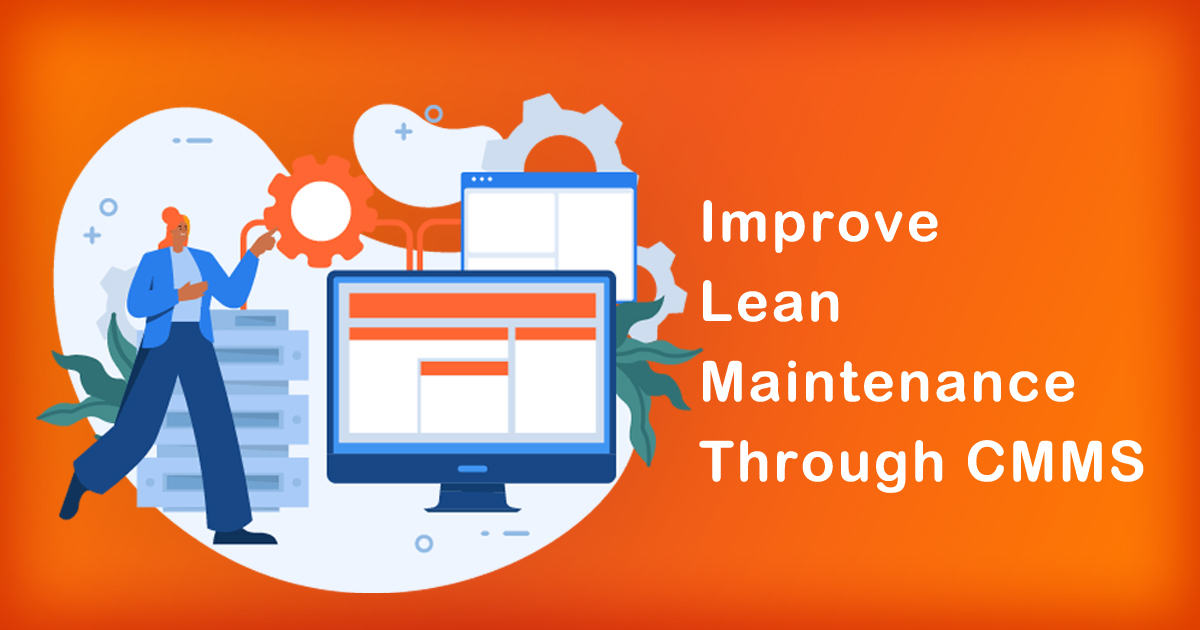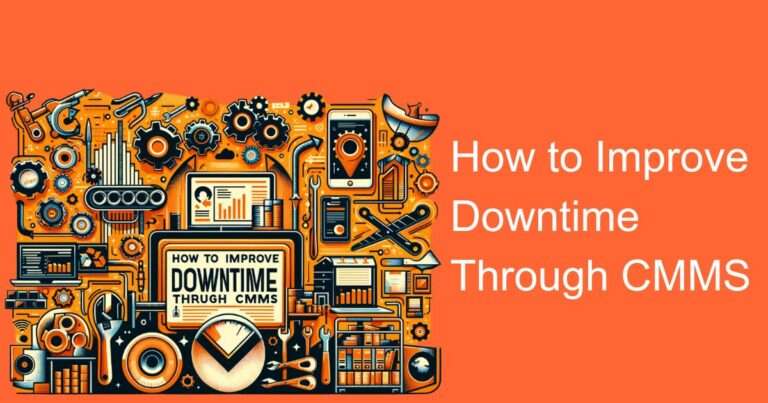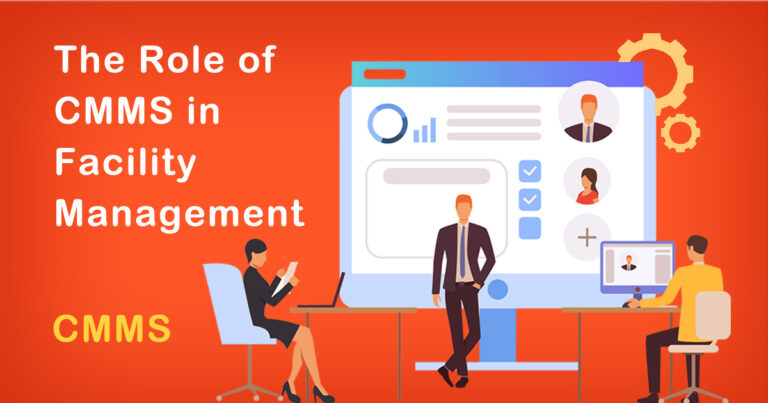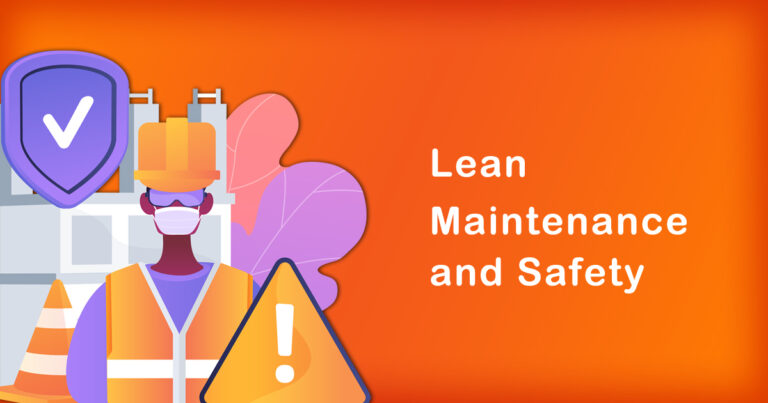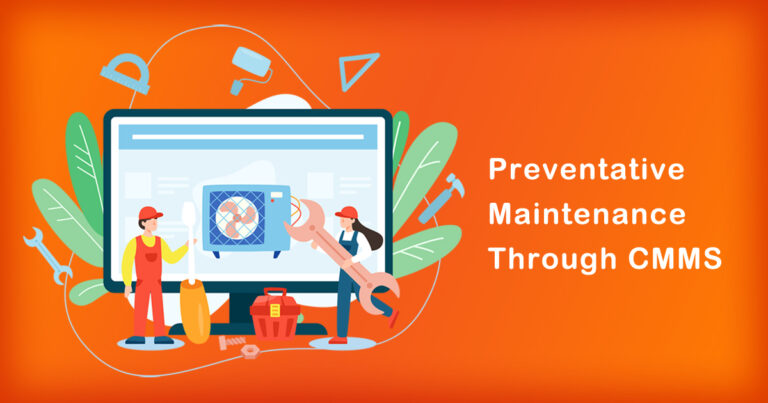Introduction
In today’s competitive market, industries must strive to minimize production costs while maximizing efficiency. One way to achieve this is through the implementation of lean maintenance practices. Lean maintenance aims to reduce waste and optimize asset utilization while minimizing downtime, thereby increasing productivity. A critical tool for effective lean maintenance is Computerized Maintenance Management System (CMMS). In this blog post, we will discuss how to improve lean maintenance through CMMS, with a focus on the Indian context.
What is Lean Maintenance?
Lean maintenance is an approach to maintenance management that emphasizes the continuous improvement of processes and practices to increase efficiency and reduce waste. The goal of lean maintenance is to optimize the utilization of assets, minimize downtime, and reduce the total cost of ownership of assets. Lean maintenance also involves the use of predictive maintenance techniques to minimize unplanned downtime and increase asset availability.
What is CMMS?
Computerized Maintenance Management System (CMMS) is a software application that helps organizations manage their maintenance operations. CMMS provides a centralized platform to manage all maintenance-related activities, including work orders, asset management, inventory management, and maintenance scheduling. CMMS also facilitates the use of predictive maintenance techniques by providing tools for data analysis and visualization.
Improving Lean Maintenance Through CMMS
Implementing a CMMS can help organizations achieve their lean maintenance goals in several ways. Here are some ways to improve lean maintenance through CMMS:
1. Asset Management
CMMS helps organizations manage their assets effectively by providing a centralized database of all assets. This database includes information about asset location, condition, maintenance history, and warranty details. By having this information readily available, organizations can make informed decisions about asset maintenance, repair, and replacement. CMMS also facilitates the use of predictive maintenance techniques by providing tools for data analysis and visualization.
2. Work Order Management
CMMS streamlines the work order management process by providing a centralized platform to manage work orders. This platform allows maintenance teams to create, assign, and track work orders in real-time. CMMS also provides tools for scheduling and prioritizing work orders based on asset criticality, maintenance history, and other factors. By using CMMS, organizations can ensure that maintenance activities are completed efficiently and effectively, minimizing downtime and reducing maintenance costs.
3. Inventory Management
CMMS provides a centralized platform to manage inventory levels, stock movements, and reorder points. By having this information readily available, organizations can optimize inventory levels, minimize stockouts, and reduce inventory carrying costs. CMMS also provides tools for tracking inventory usage and identifying trends, allowing organizations to make informed decisions about inventory management.
4. Data Analysis and Visualization
CMMS provides tools for data analysis and visualization, enabling organizations to identify trends, patterns, and anomalies in maintenance data. By analyzing this data, organizations can identify opportunities for improvement and implement corrective actions to optimize maintenance processes. CMMS also facilitates the use of predictive maintenance techniques by providing tools for data analysis and visualization.
In the Indian context, the use of CMMS is still in its early stages. However, the adoption of CMMS is expected to grow significantly in the coming years due to the increasing focus on asset optimization and maintenance cost reduction. According to a report by MarketsandMarkets, the Indian CMMS market is expected to grow at a CAGR of 15.4% from 2020 to 2025.
Conclusion
Lean maintenance is essential for organizations to reduce waste, optimize asset utilization, and increase productivity. The use of CMMS can help organizations achieve their lean maintenance goals by providing a centralized platform to manage maintenance activities, inventory, and assets. CMMS also facilitates the use of predictive maintenance techniques by providing tools for data analysis and visualization. In the Indian context, the adoption of CMMS is expected to grow significantly, driven by the increasing focus on asset optimization and maintenance cost reduction.


